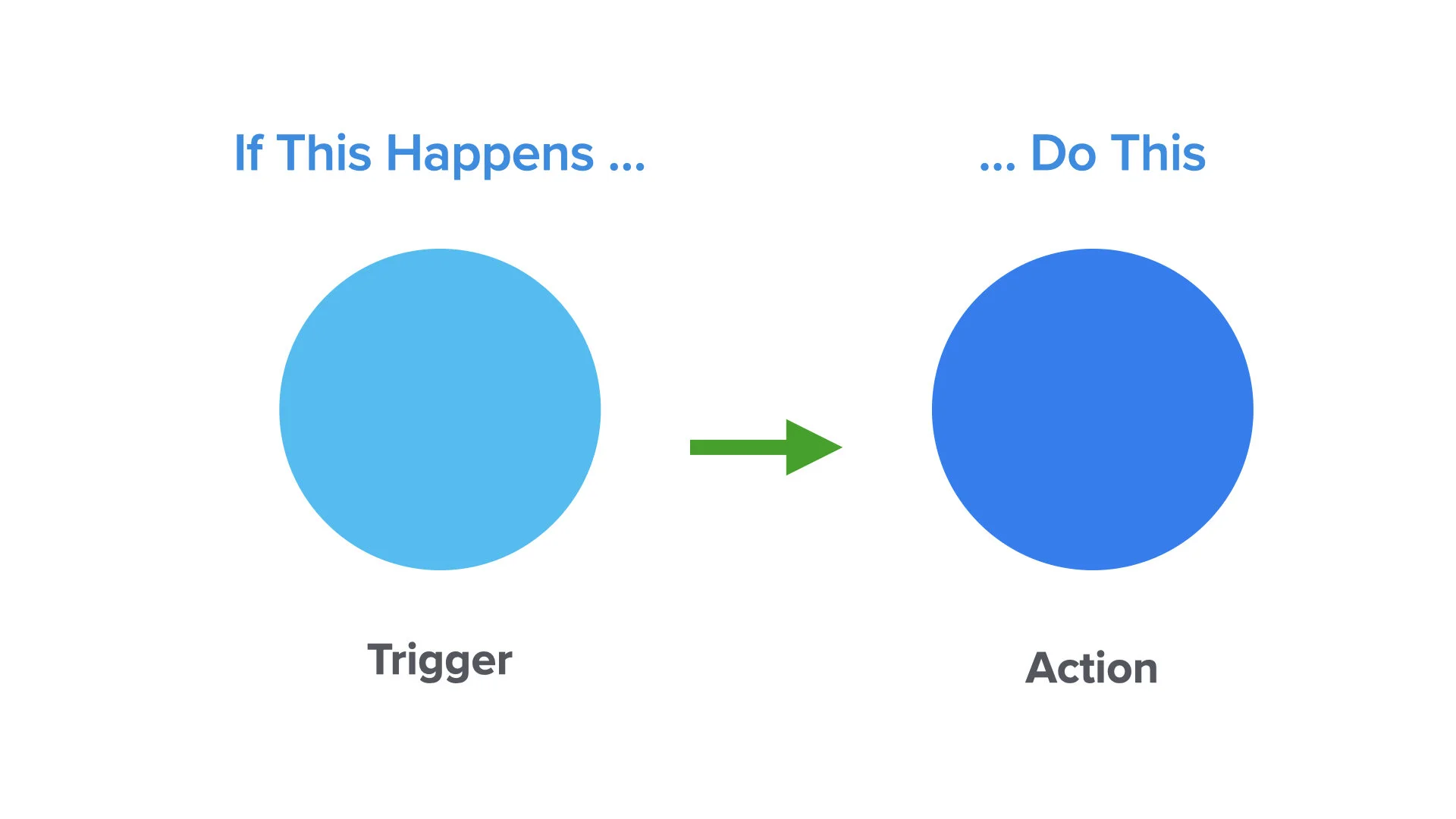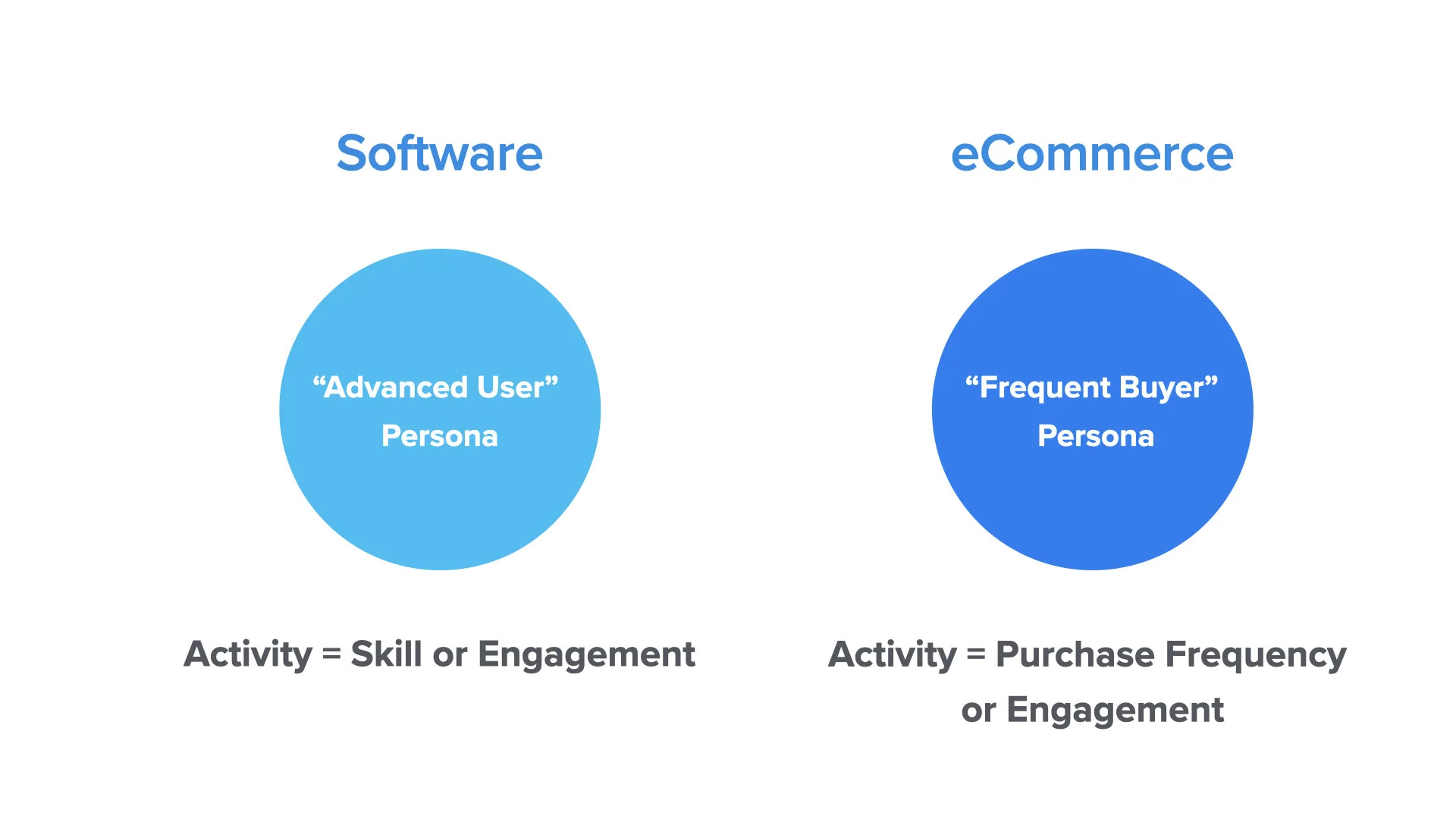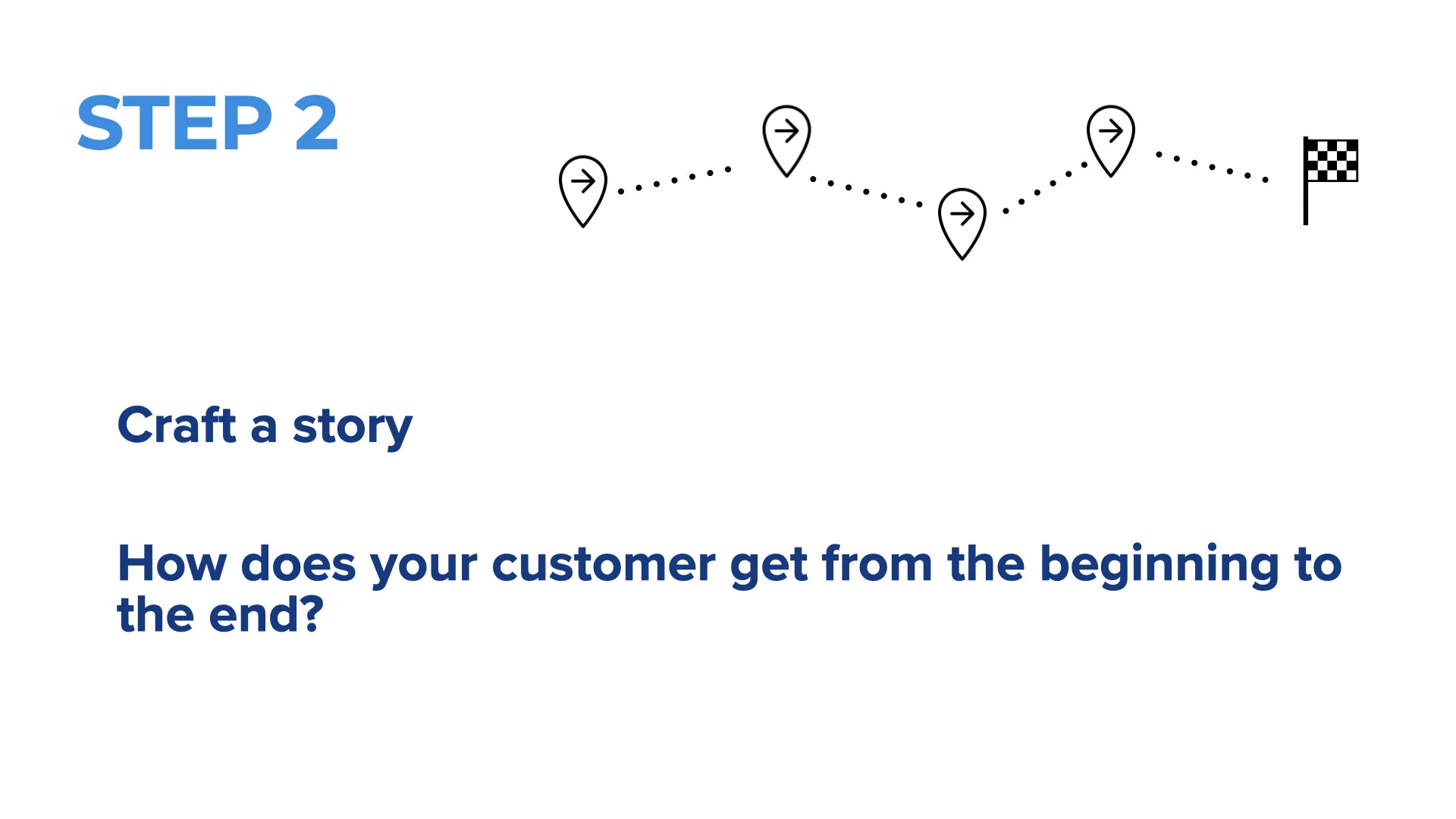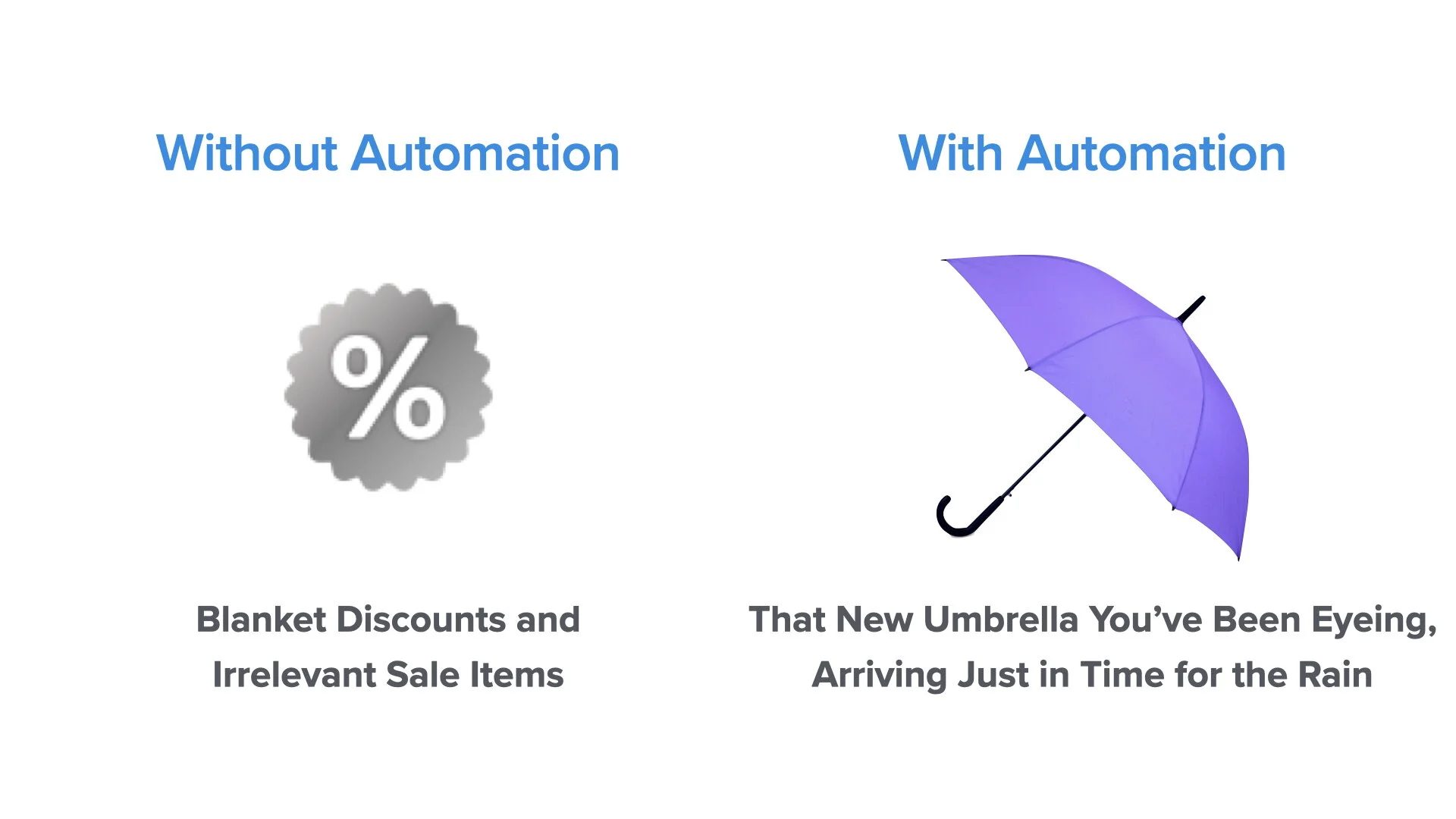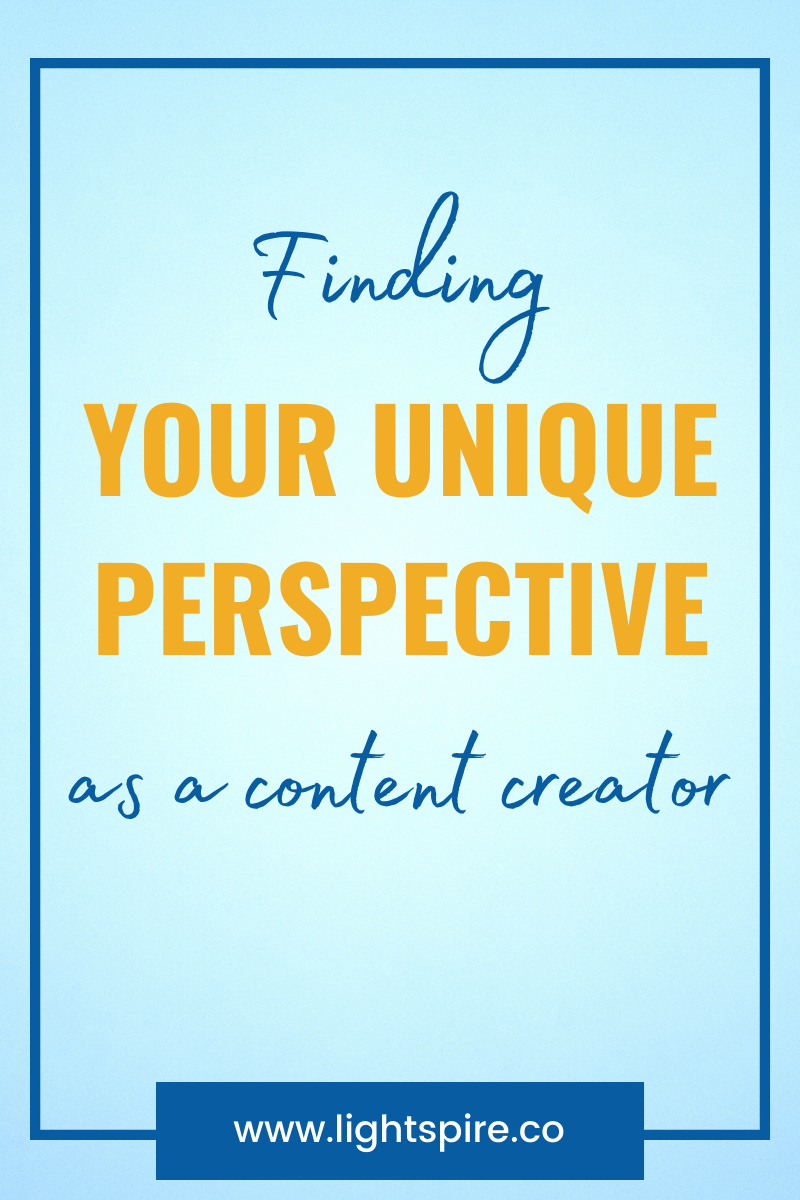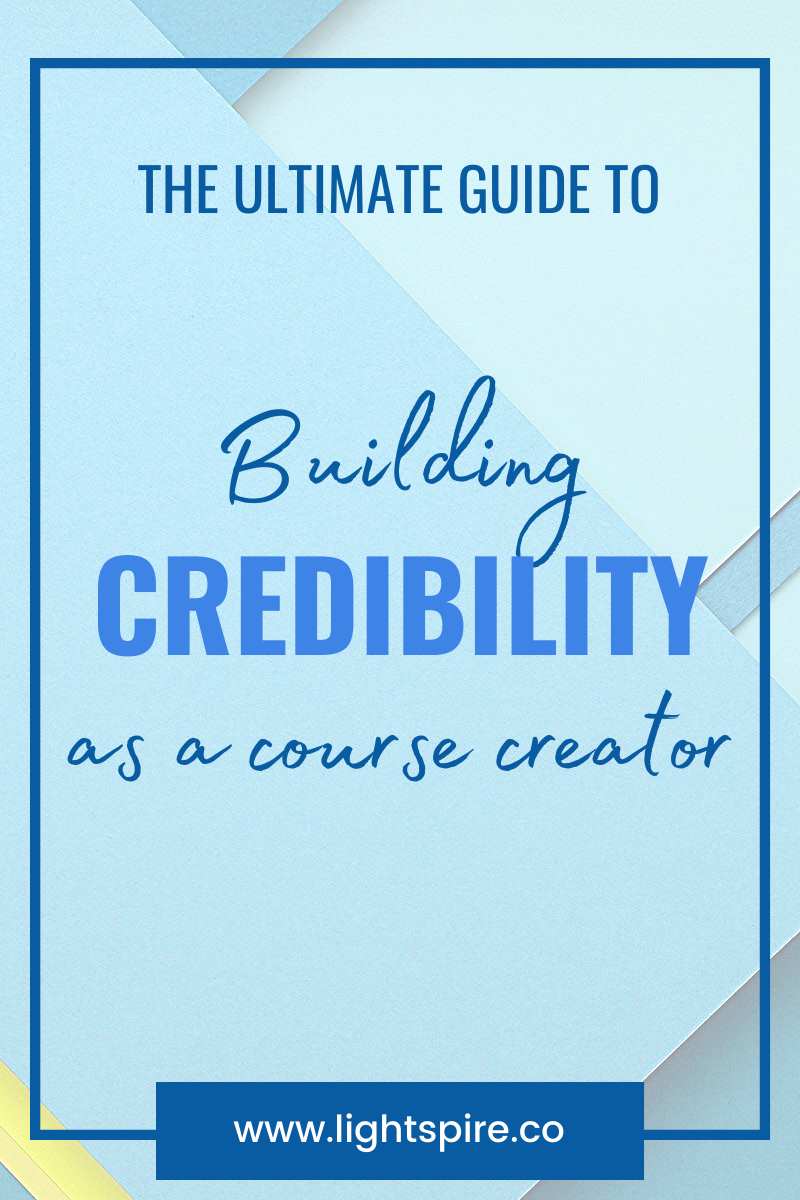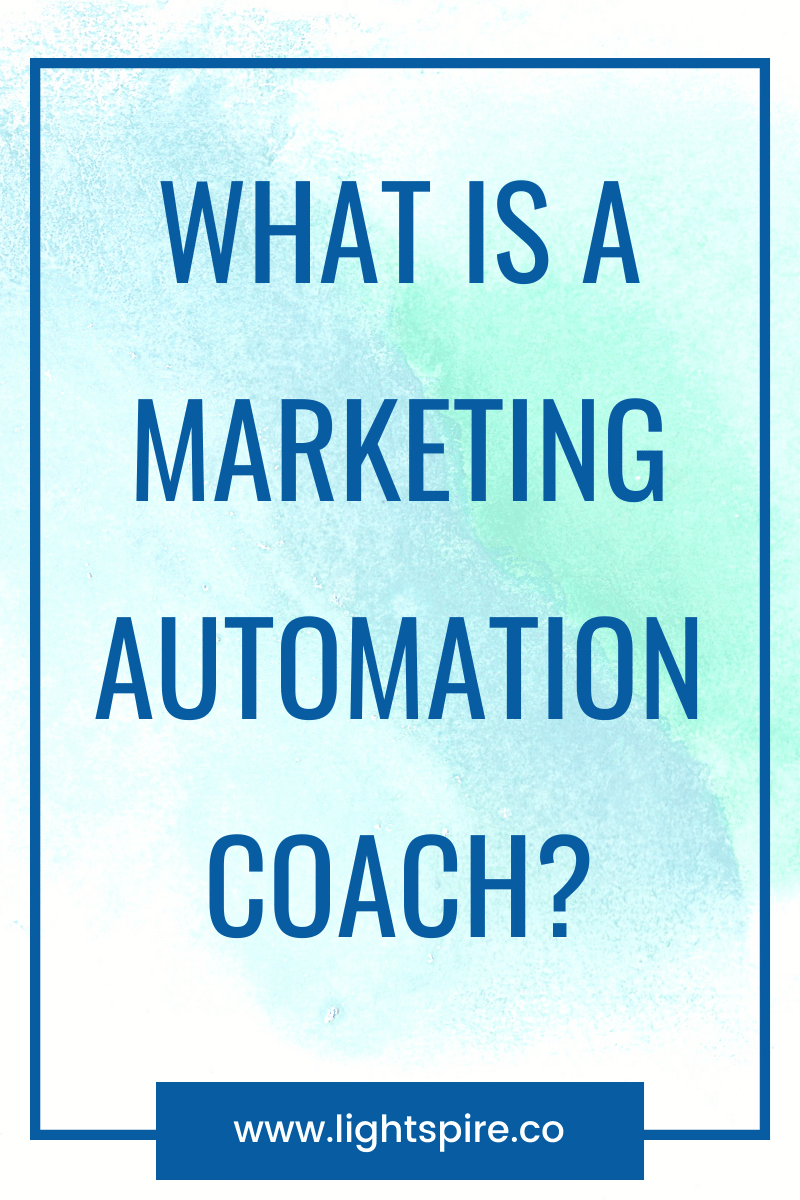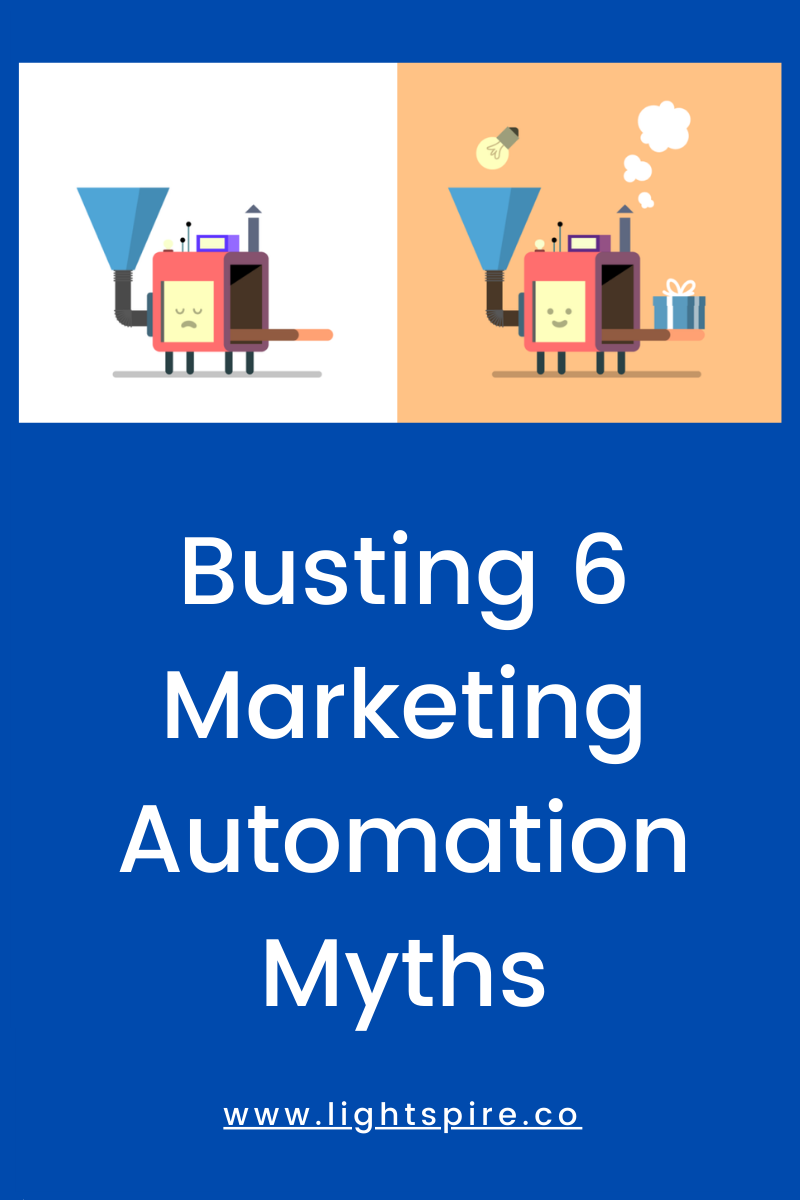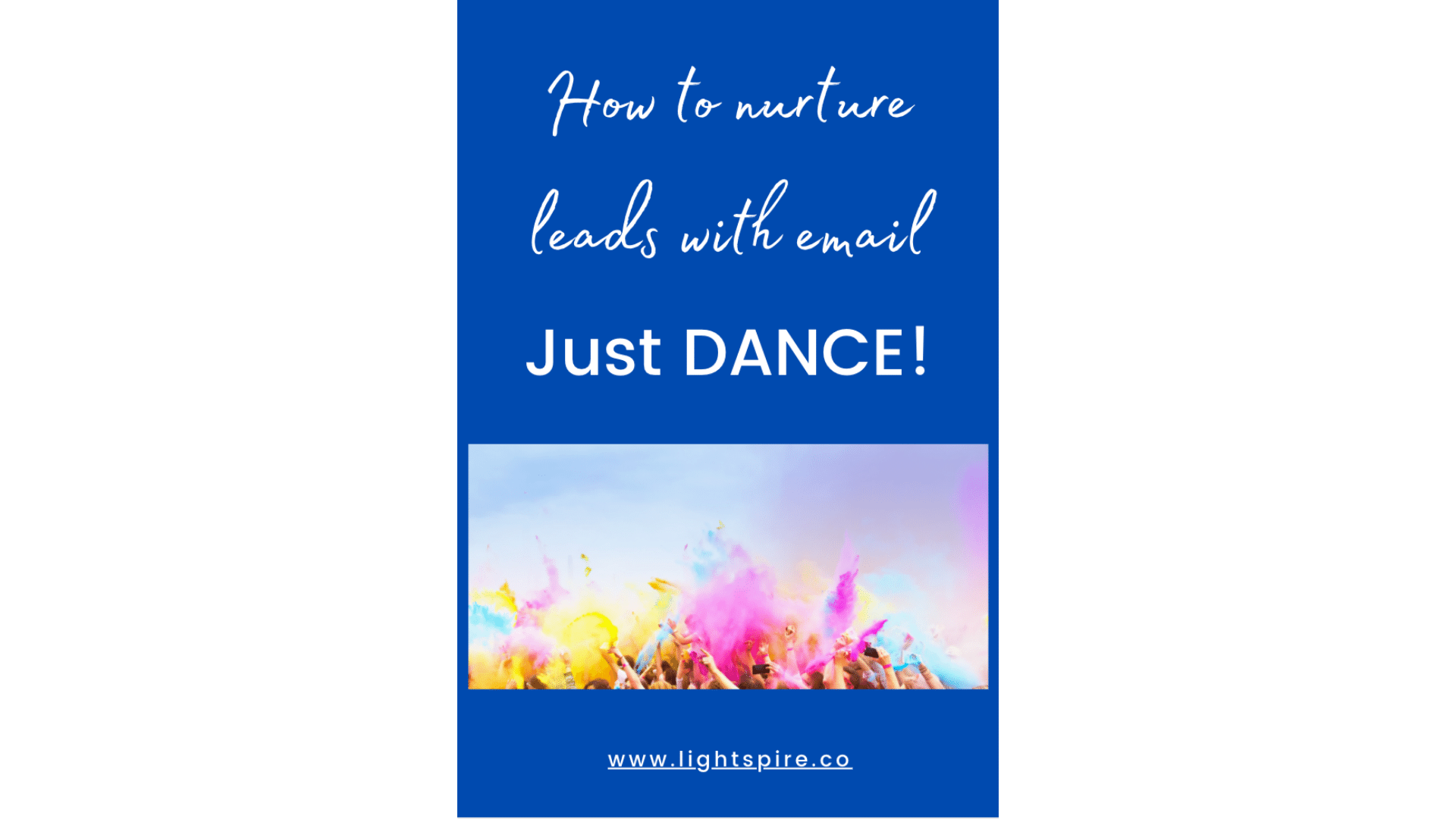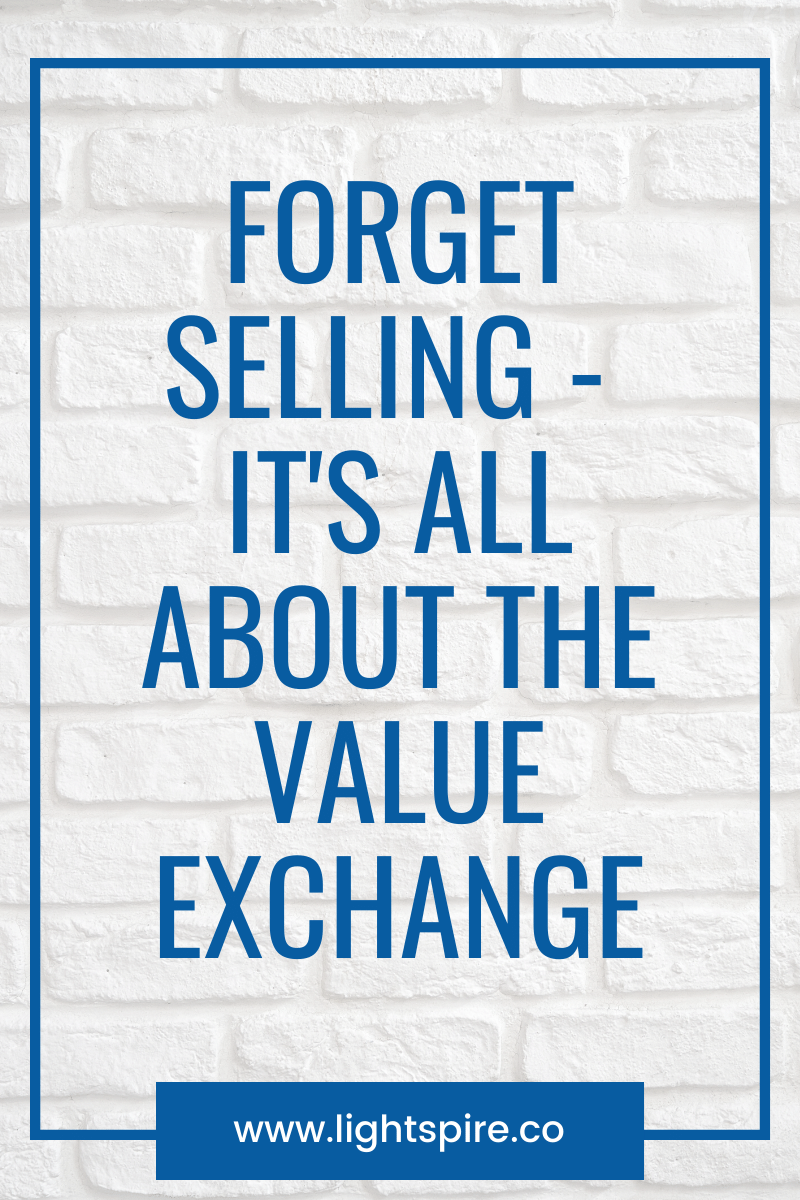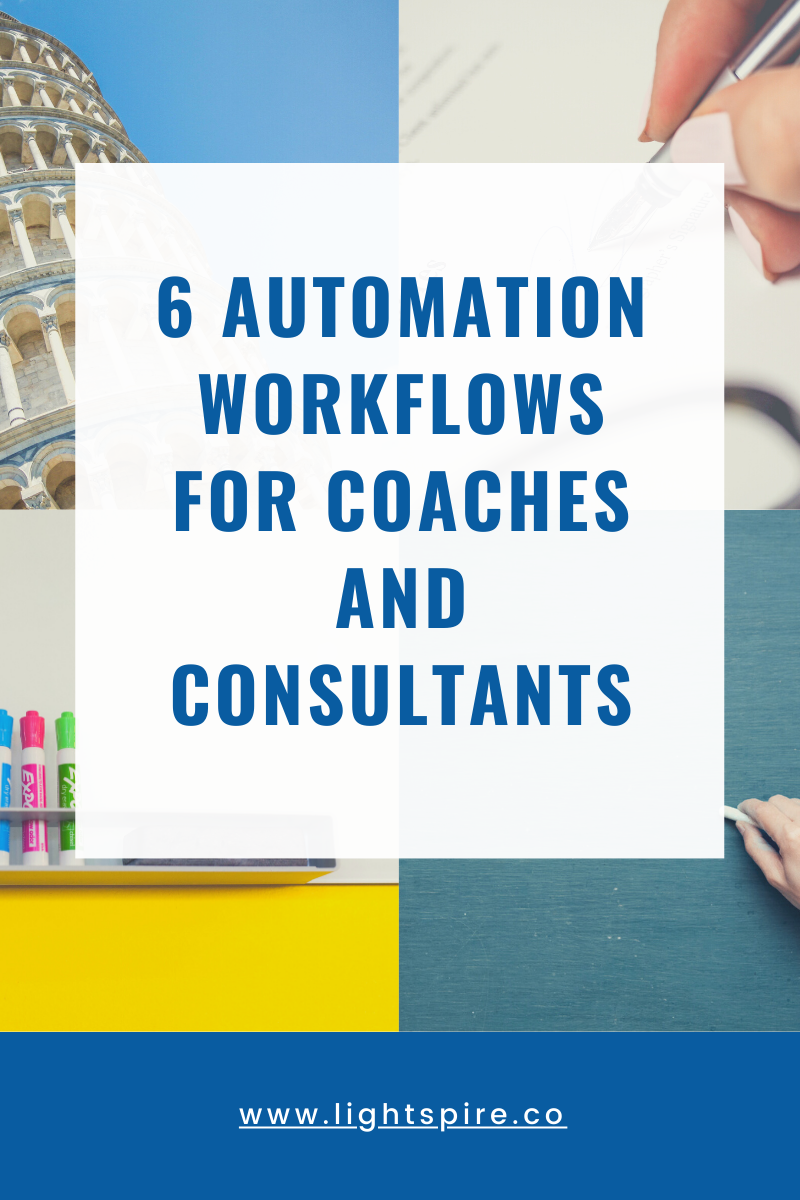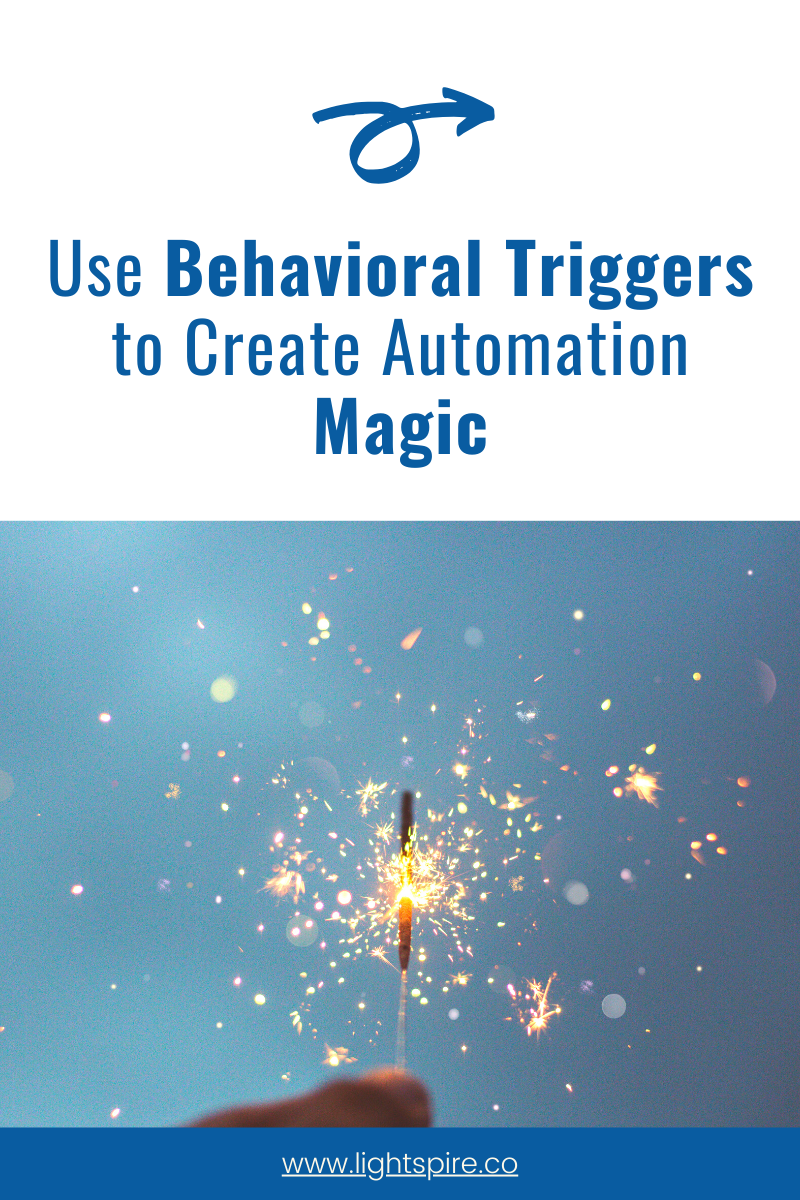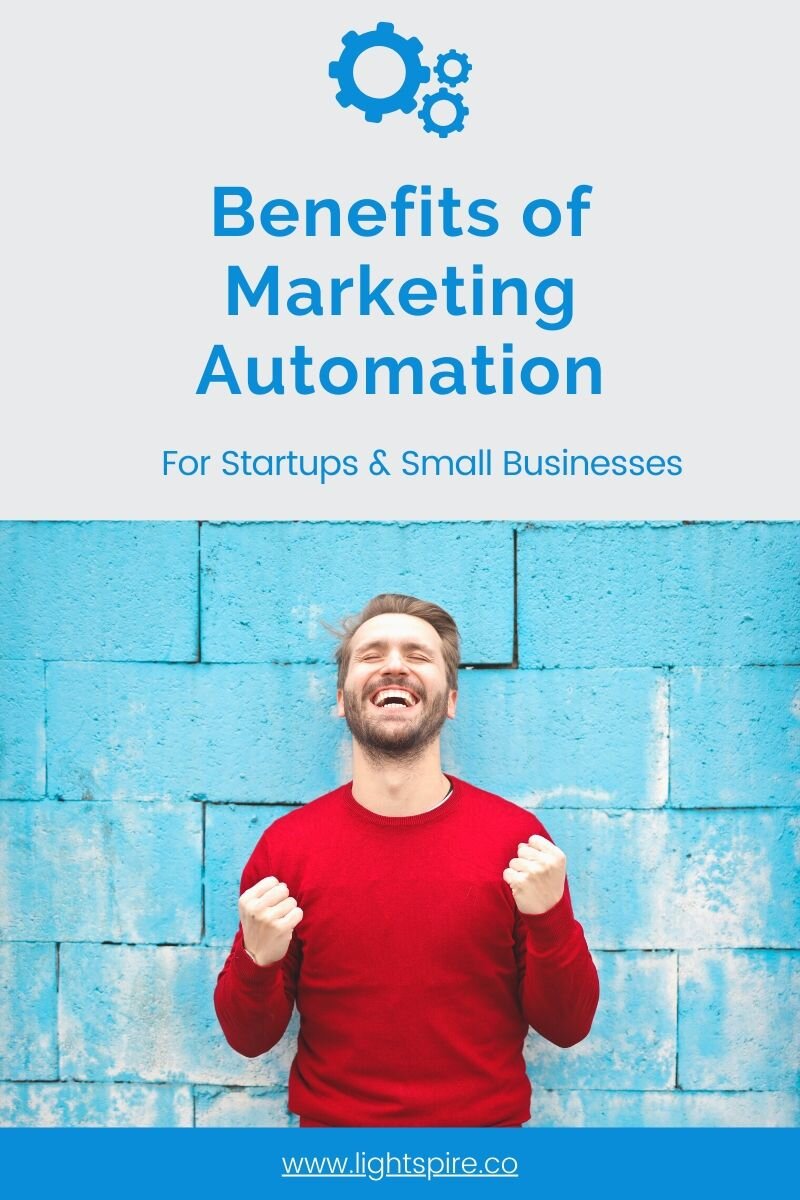How to Use Behavioral Triggers to Create Automation Magic
As startups and small business begin to automate their marketing for the first time, they inevitably begin to have questions. One of the main ones I hear a lot is - “What is a trigger? And am I using them right?”. Triggers, and specifically behavioral triggers, are what bring power and creativity to your automation strategy.
Simply put, triggers are rules, conditions, or actions that begin automations. With them, you are able to decide exactly how an automation will start running. You can add multiple triggering conditions so that the same automation begins running multiple ways. Triggers can be used for email, social media, your website, internal databases, your CRM, or pretty much anywhere that you would like to automate a process.
Triggers are rules that begin automation workflows
Behavioral triggers are rules that are based on any action that a user takes - whether that's page views, downloads, use of the product, activity and engagement levels, searches, cart contents, loyalty behaviors, or pretty much any customer behavior you can think of. Behavioral triggers are incredibly helpful and effective at delivering the right message to the right person at the right time. With marketing automation software, you can set up workflows that execute a variety of actions when certain behaviors take place. The behavior triggers the action automatically, streamlining your marketing campaign.
Below, we’ll explore behavioral triggers and how to use them to run a successful automated marketing campaign.
Before you create your campaign, you’ll need to figure out which triggers are important for your business and your marketing goals. Behavioral segmentation and triggers are important for your business if they answer a specific question you have about your audience or let you market a specific set of resources in a specific way.
Here's an example. Let's say I run software with a steep learning curve. I would send very different resources to my beginner and advanced users, and I would use a mixture of behavioral cues to figure out who my advanced users are. Maybe I'd look at time since signup, activity levels, commenting on my knowledge-base, support requests, or whether they've read previous articles for advanced users. I could also ask users to self select their skill level in a survey at some point. So for this company, these behaviors and segments matter.
For a company that sells jewelry, these same factors mean something completely different. Activity level is correlated with a "frequent shopper" persona rather than an "advanced user" persona, and would be marketed to very differently. Context is everything.
Context determines what a trigger means for your business
In order to determine what segments (and therefore what triggers) are important for your business, I would ask a few questions about the segment:
Is the segment measurable? Can you clearly define and measure this group when analyzing your segments?
Can I get this information? Is there an unobtrusive way to ask your customers for this information?
Is the segment substantial? Is the group big enough that you won’t be sending hundreds of campaigns to different micro-segments, but small enough to be targeted and defined?
Is the segment relevant? Will selling to this group of people move the needle and help you accomplish your goals?
Is the segment differentiated? Does this group have needs that are different than the other segments you have identified?
Plan out your touchpoints
After you determine which segments and triggers are relevant for your marketing strategy, you’ll need to plan your outreach in a logical sequence that tells a story over time. Rather than feeling “funneled”, customers should feel like they are on a journey to solve a problem, and that each step helps them to get a bit closer to their goals. What content and resources would you like to provide for your customers on their journey? Which resources are best for customers who are just beginning to research their problem, and which ones are more appropriate for the end of their journey?
Craft a story that helps your customer solve their problem
When you’re done with this step, you should have a few paths that you would like to send customers down at various points in their customer journey. You may have a path of content that helps bring top-of-the-funnel users down to the middle of the funnel and transforms them into a Marketing Qualified Lead (MQL). You may have another path that encourages your super users to share their experiences on social media. A third path may reach out to inactive users to encourage them to return to your site. Take a look at some automation examples from top brands to get inspiration for your own workflows and see how automated sequences are used to improve the customer experience.
Armed with these stories, you’re ready to take the next step: automate!
Determine which behaviors trigger which system actions
Now it’s time to add a little bit of magic to your outreach. While your marketing strategy and the paths you guide your customers down may be the same without automation, they wouldn’t scale or mold to your customers’ activities and preferences. Automation, and behavioral triggers specifically, really let you tailor the customer experience for each person interacting with your brand.
Here’s an example. Let’s say I want to provide a coupon for my eCommerce store to all of my past customers. I could send a blanket email to all of them with a discount code, and hope that they like the items that are on sale. But with automation, I can pull customer information from my CRM, determine each customer’s location, and offer items appropriate for the weather and season where they are. Better yet, I can use their past purchases to determine what types of items they like, and combine those preferences with the weather, their typical budget, and their spending frequency to send them a just-in-time email discount for that new umbrella they’ve been thinking about buying. This is when a simple email starts to feel like magic.
Behavioral triggers help you send tailored offers just when your customer needs them
Some triggers are going to be a better fit for certain actions, or at certain stages of the customer buying journey. The most obvious example is that purchase history becomes more and more significant as the customer continues to purchase goods and services from your brand, effectively giving you a better idea of what they will be interested in in the future. Other examples include the content that a user downloads or consumes, which is helpful at the top and middle of the funnel when you’re trying to understand what a customer likes and don’t yet have the trigger of purchases to guide you. One more example is search history, which can really help to understand customer intent and how far they have moved down the funnel.
As you begin to automate these paths for your customers, keep the experience of that customer in mind. You should only automate if it will help you better serve the customer, either by tailoring their experience, providing better recommendations and resources, or freeing up your own time so that you can engage on a personal level with more of your customer base. Don’t fall into the trap of over-automating just because you can.
Hopefully these steps have given you a good idea of how you can use behavioral triggers to automate your marketing and better tailor your customer experience. Let us know how you do in the comments!
Ready to unlock the benefits of automation for your own company? Check out my Mastering Marketing Automation course. We take a deep dive into the strategy behind automation, as well as the day-to-day techniques you can use to automate your email, social media, and more.


